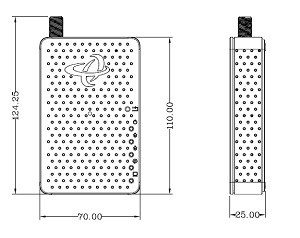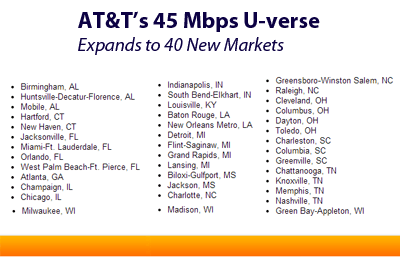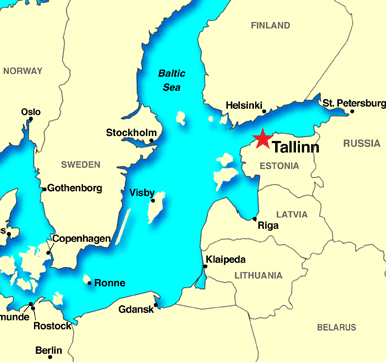 Time Warner Cable customers in Los Angeles, New York, and Hawaii subscribed to the company’s top 50/5Mbps Ultimate speed tier will get a free upgrade to 100/5Mbps between now and the end of this year.
Time Warner Cable customers in Los Angeles, New York, and Hawaii subscribed to the company’s top 50/5Mbps Ultimate speed tier will get a free upgrade to 100/5Mbps between now and the end of this year.
“Residential customers in Los Angeles who subscribe to our Ultimate 50 tier are being automatically upgraded to Ultimate 100 at no extra cost,” said Time Warner’s Andrew Russell. “Ultimate 50 residential customers in New York City and Hawaii will be upgraded by year’s end. By early 2014, all customers in these markets will have access to Ultimate 100, with more TWC markets to follow next year.”
“Consumers are adding more and more connected devices into their digital lifestyle,” said Steve Cook, general manager of Time Warner Cable residential Internet. “These new ultra-fast Internet speeds are designed to satisfy their growing demand to stream, download and connect simultaneously across multiple devices.”
Time Warner Cable announced several speed upgrades over the last year, but it still remains the least aggressive major cable operator in the speed category. Among the largest five cable operators, Time Warner Cable’s premium speed tiers are the slowest, with top upstream speeds of just 5Mbps and a maximum downstream speed of 50Mbps for most. But Time Warner Cable has no compulsory usage caps or consumption billing.
Over the last year, Time Warner Cable increased speeds for all but their Extreme customers (30/5Mbps), the only plan to have not seen any major speed boost in most markets since being standardized as an entry level DOCSIS 3 tier.
Time Warner also announced a speed improvement for their budget-conscious Lite tier, now 1/1Mbps in most markets.
Priced at $14.99 per month, the new offering will deliver 2/1Mbps — adequate for basic web browsing, e-mail and limited multimedia use — and becomes available nationwide beginning Nov. 4.
“We’re making our entry-level product even better and more affordable for the casual Internet user and cost-conscious consumer,” said Cook. “At both ends of our speed options and everything in between, we’re focused on giving our customers the best experience at the best value.”
Time Warner Cable will now offer most customers seven different speed tiers, all unlimited use (except when opting in to usage limited plans in return for a discount):
- Lite: 2/1Mbps
- Basic: 3/1Mbps
- Standard: 15/1Mbps
- Turbo: 20/2Mbps
- Extreme: 30/5Mbps
- Ultimate: 100/5Mbps


 Subscribe
Subscribe Just a few years after cable systems began upgrading to DOCSIS 3.0 to improve broadband speeds and performance through channel bonding, CableLabs is set to formalize next-generation DOCSIS 3.1 by the end of this month, allowing cable broadband speeds to reach well into the gigabits.
Just a few years after cable systems began upgrading to DOCSIS 3.0 to improve broadband speeds and performance through channel bonding, CableLabs is set to formalize next-generation DOCSIS 3.1 by the end of this month, allowing cable broadband speeds to reach well into the gigabits.
 As the cable industry seeks new revenue from the adoption of growing cable modem rental fees, one vendor has
As the cable industry seeks new revenue from the adoption of growing cable modem rental fees, one vendor has 
 AT&T has boosted the maximum available broadband speed for its U-verse Internet offering to 45/6Mbps service in 40 cities across 15 states.
AT&T has boosted the maximum available broadband speed for its U-verse Internet offering to 45/6Mbps service in 40 cities across 15 states.
